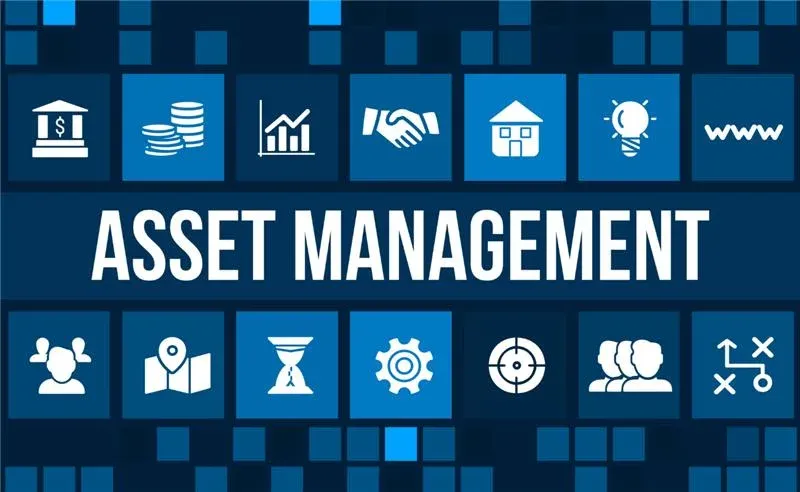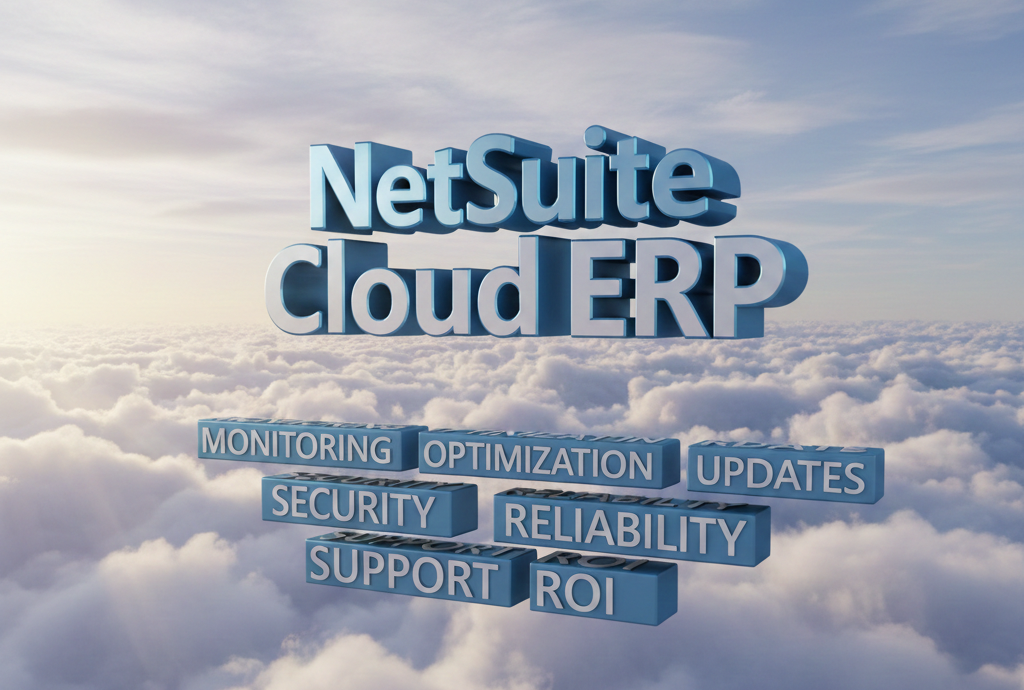Why Real-Time Visibility Matters to CFOs
For today’s CFO, gut instinct isn’t enough. Decision-making needs to be fast, data-backed, and forward-looking. That’s where real-time financial visibility comes in—and it’s one of the areas where NetSuite ERP really shines.
This guide is built for CFOs who are tired of static reports, blind spots across business units, and fragmented financial systems. Let’s unpack how NetSuite helps you take control of your financial data, streamline operations, and see what’s really happening across the business—minute by minute.
Why it matters:
Most finance teams still rely on monthly reports, manual consolidations, and spreadsheets that age by the hour. In fast-moving industries, that lag isn’t just inconvenient—it’s a risk.
Without real-time insight, CFOs face:
- Delayed decision-making
- Missed opportunities
- Difficulty managing cash flow
- Inaccurate forecasting
- Compliance risks
NetSuite flips this problem on its head. It’s built from the ground up to give you a real-time, unified view of your financials—no matter how many entities, currencies, or business models you’re juggling.
What Real-Time Financial Visibility Looks Like in NetSuite
Let’s get concrete. Real-time financial visibility with NetSuite isn’t just about faster numbers—it’s about better decisions driven by better data. Here’s what that looks like in practice:
1. Unified Financial Data Across the Business
NetSuite connects your core business functions—finance, inventory, CRM, procurement, and more—in one system. This eliminates data silos and ensures every department works from the same financial truth.
For CFOs, that means:
- A single source of financial truth
- No more reconciling data across systems
- Drill-down visibility from consolidated to transaction-level data
2. Real-Time Dashboards and KPIs
Out of the box, NetSuite gives CFOs role-based dashboards that update in real time. No waiting on Excel exports or emails from accounting.
You can track:
- Revenue by business unit or region
- Real-time cash position
- Days Sales Outstanding (DSO)
- Budget vs actuals
- Forecast variances
- Profitability by customer or product
And if you need something unique? NetSuite’s dashboards are fully customizable.
3. Automated Multi-Entity Consolidation
Managing multiple subsidiaries or legal entities? NetSuite handles multi-entity financial consolidation automatically—even across different currencies and tax jurisdictions.
This saves you from:
- Manual intercompany eliminations
- Currency conversion errors
- Time-consuming closing processes
CFOs with global operations especially benefit here. You can close the books faster, and stay compliant in every country you operate in.
4. Real-Time Cash Flow Insights
Cash is king, but most systems only show you last week’s kingdom.
NetSuite lets CFOs see:
- Incoming and outgoing cash in real time
- Projected cash balances based on receivables and payables
- Cash burn rate and runway
- Scenario-based planning tied to live data
You’re not just seeing history—you’re seeing what’s coming.
Built-In Controls and Audit Readiness
Visibility doesn’t mean much if your data isn’t reliable or compliant. NetSuite helps CFOs maintain strong internal controls with:
- Audit trails for every transaction
- Role-based access controls
- Automated journal approvals
- Prebuilt compliance reports
Whether you’re preparing for a board review or an external audit, your data is already structured, traceable, and accessible.
AI and Predictive Analytics for CFOs
NetSuite isn’t just about showing you the current state—it’s about helping you predict what’s next.
With native AI and machine learning tools (like NetSuite’s Predictive Analytics and Intelligent Performance Management), CFOs can:
- Spot anomalies in financial data before they become problems
- Predict revenue trends based on past performance
- Surface insights from large volumes of transactional data
This goes beyond dashboards. It turns NetSuite into a financial co-pilot.
Real-World Example: CFO of a Multi-Entity Company
Imagine a CFO overseeing five international subsidiaries.
With NetSuite:
- They get a consolidated view of global performance—instantly
- Currency conversions happen in real-time
- Tax compliance is built in
- They drill down from global profit to one customer invoice in seconds
- Cash flow forecasts are based on live AR/AP feeds
- Dashboards show how one market’s performance is dragging down EBITDA
That’s what real-time visibility actually looks like—not a slide deck, but a daily decision-making engine.
Faster Month-End Close, Less Stress
Traditional month-end closes are chaotic—especially for CFOs managing multiple entities. NetSuite automates much of the process, including:
- Intercompany eliminations
- Recurring journal entries
- Accruals and deferrals
- Reconciliation workflows
This reduces your close cycle from weeks to days, and your team can finally shift from chasing numbers to analysing them.
How to Get Started with NetSuite for Financial Visibility
If you’re serious about unlocking real-time insight as a CFO, here’s a simple roadmap:
- Map your current financial pain points
Where are the delays? What reports are unreliable? - Define what visibility means to you
Is it real-time cash flow? Segment-level profitability? - Talk to a NetSuite Partner
Implementation makes or breaks the experience. Get expert help. - Start with what matters most
You don’t need every module on Day 1. Build around visibility and expand later. - Invest in training and change management
Real-time data is only useful if teams know how to use it.
Final Thoughts: The CFO’s New Superpower
Financial visibility used to be about looking backwards. Now, it’s about looking forward—accurately, instantly, and across the business.
With NetSuite ERP, CFOs don’t have to wait until month-end to understand where the company stands. You get answers when you need them. You see risks before they escalate. And you gain the confidence to lead, not just react.
If you’re ready to stop flying blind, NetSuite gives you the visibility and control to lead with clarity.
Frequently Asked Questions
What is financial visibility with NetSuite?
Financial visibility with NetSuite means having real-time access to unified, accurate financial data across your entire organization. It helps CFOs make faster, smarter decisions without relying on outdated reports or disconnected systems.
How does NetSuite help CFOs manage cash flow in real time?
NetSuite provides live dashboards that track incoming and outgoing cash, projected balances, and scenario-based planning—so CFOs always know their cash position and can respond quickly to changes.
Can NetSuite handle multi-entity financial consolidation?
Yes, NetSuite automates multi-entity consolidation, including currency conversion and intercompany eliminations. This drastically cuts down manual work and helps global CFOs close books faster.
What kind of reports and KPIs does NetSuite offer for CFOs?
NetSuite gives CFOs real-time access to dashboards tracking revenue, profit, DSO, budget vs actuals, forecast variances, and more. These dashboards are role-based and fully customizable.
Does NetSuite support predictive analytics for finance?
Absolutely. NetSuite includes built-in AI tools for predictive analytics that help CFOs detect anomalies, predict revenue trends, and surface insights from large volumes of transactional data.
How long does it take to implement NetSuite for financial visibility?
Timelines vary depending on your business size and complexity, but with the right NetSuite partner and a clear focus on visibility-first modules, you can get up and running in weeks—not months.
What’s the biggest benefit of financial visibility for CFOs?
The biggest benefit is clarity. With NetSuite, CFOs stop reacting and start leading—backed by real-time data, faster closes, and reliable insight across every business unit.







